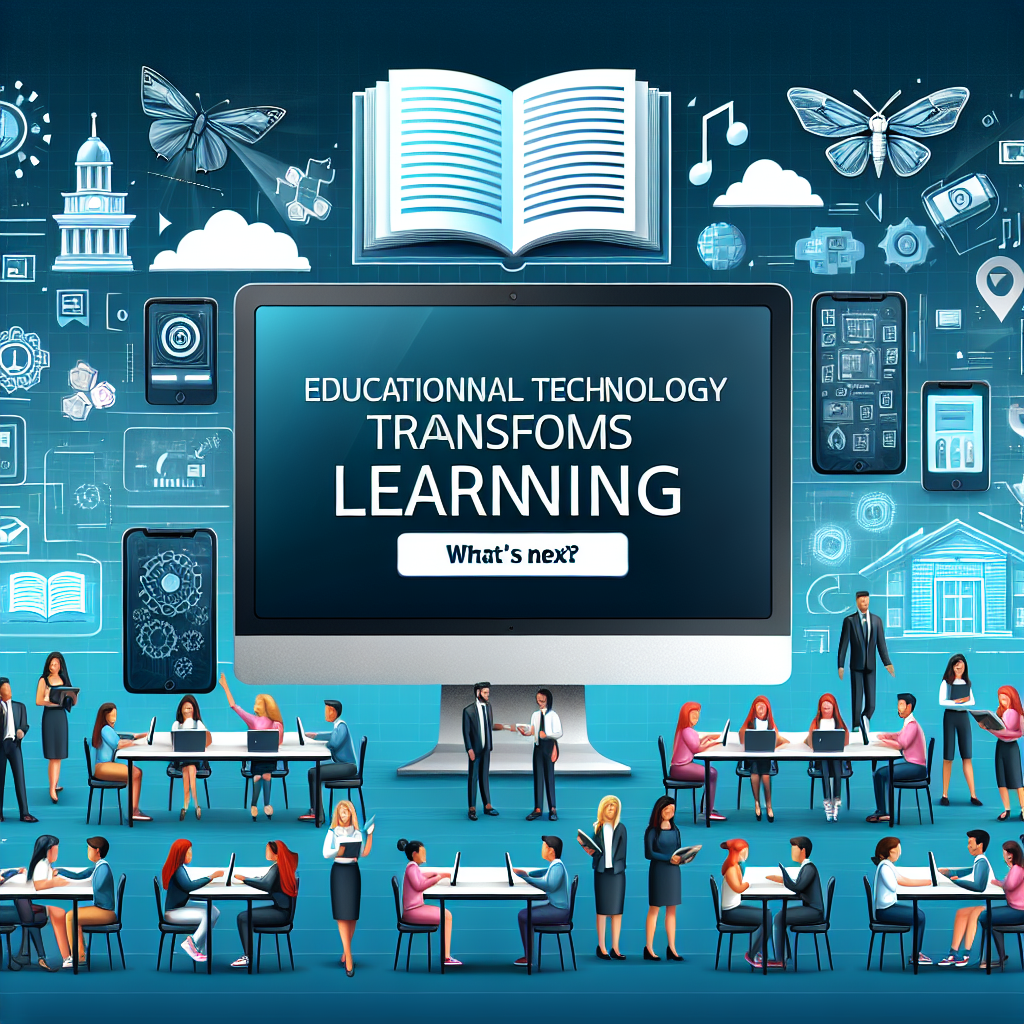In recent years, there has been an unprecedented evolution in how education is delivered to learners around the globe. This revolution isn’t caused by a change in pedagogy or curriculum but rather by a rapid infusion of technology.
So, what exactly does this mean for learners? And what are its implications on their overall well-being and development?
Health Issue Overview
The ergonomic hazards associated with increased screen time have been interrupted as an emergent issue of concern. Children spending more hours on laptops or tablets might experience physical discomfort such as neck and eye strain.
Medical Background
Evidence-based medical research validates these concerns. A study published in BMC Public Health cites that prolonged screen time can lead to musculoskeletal pain among children.
Patient Stories
Jamie Smith, a high school sophomore from San Diego shared his struggle with digital eye strain due to extended periods studying online. ‘I never felt this way when I was going to school physically,’ he claims.
Treatment Options
Experts suggest regular breaks from screens as one solution among many others like acupressure treatments and exercises specifically designed for combating digital eye fatigue.
Healthcare System
p>The healthcare system plays a fundamental role here too – from raising awareness about correct postural habits while using devices to offering therapeutic solutions for affected individuals.p
Future Outlook
The future of education technology is expansive, promising individualized learning methodologies coupled with concern for learner’s wellbeing.
Taking Action
Technology in educational contexts is here to stay. Navigating this landscape with robust measures that protect the health of learners without compromising their access to contemporary modes of learning will be pivotal moving forward./>



